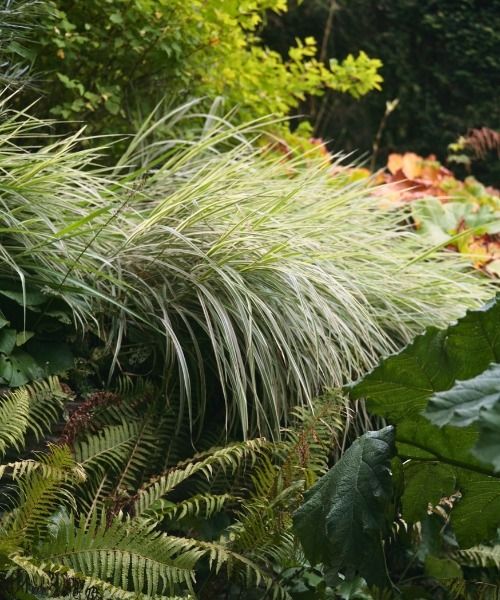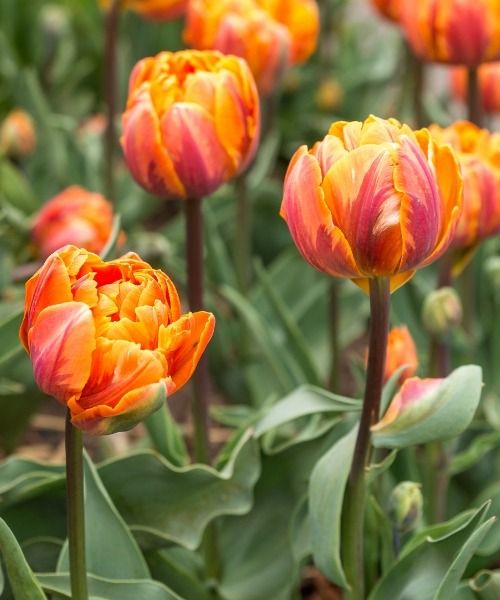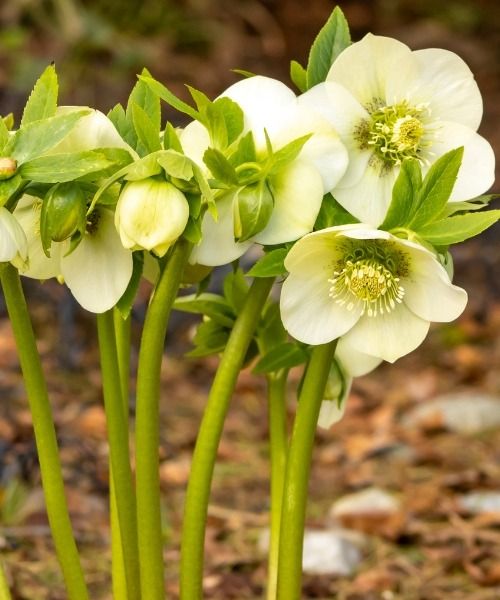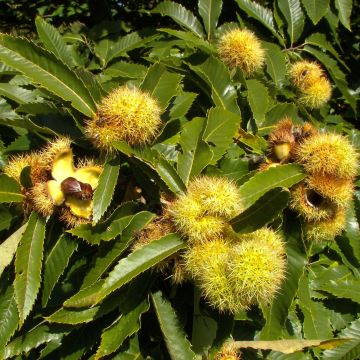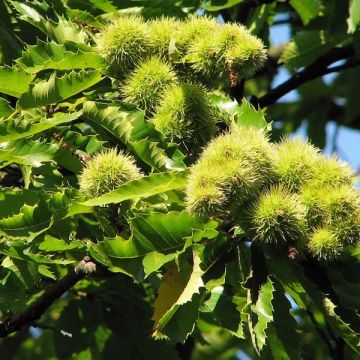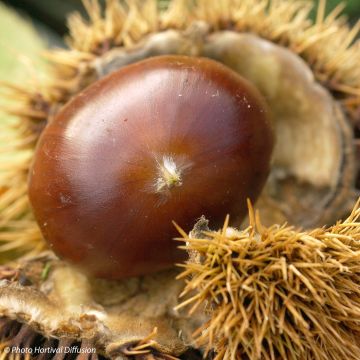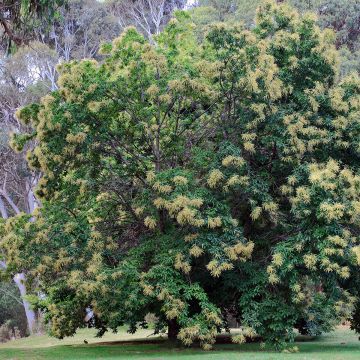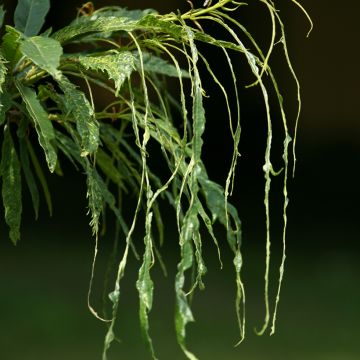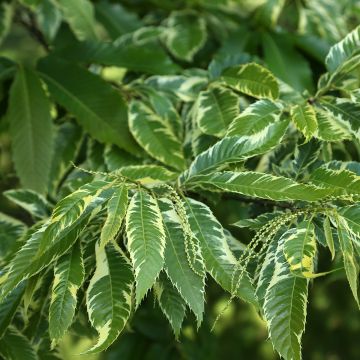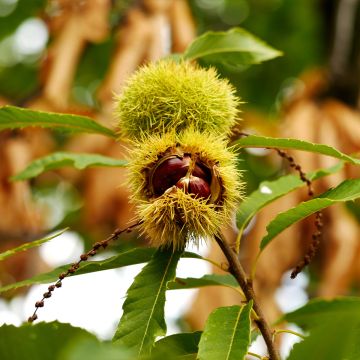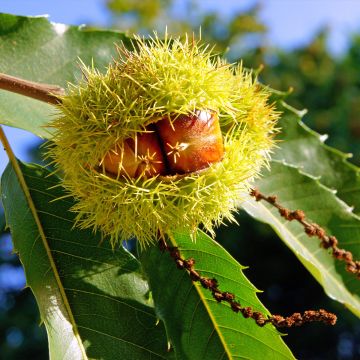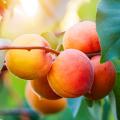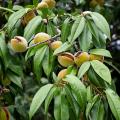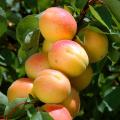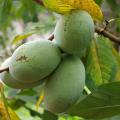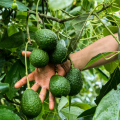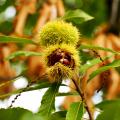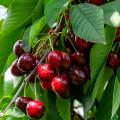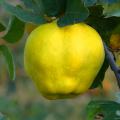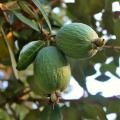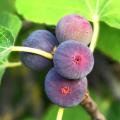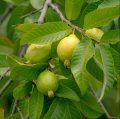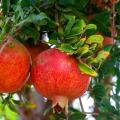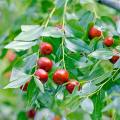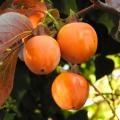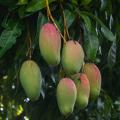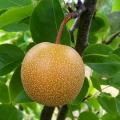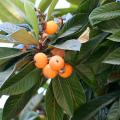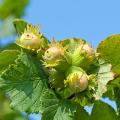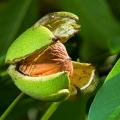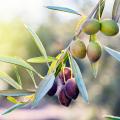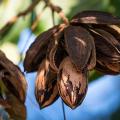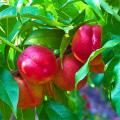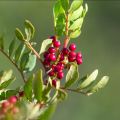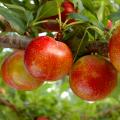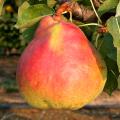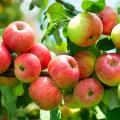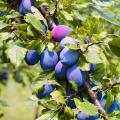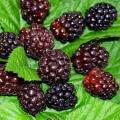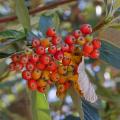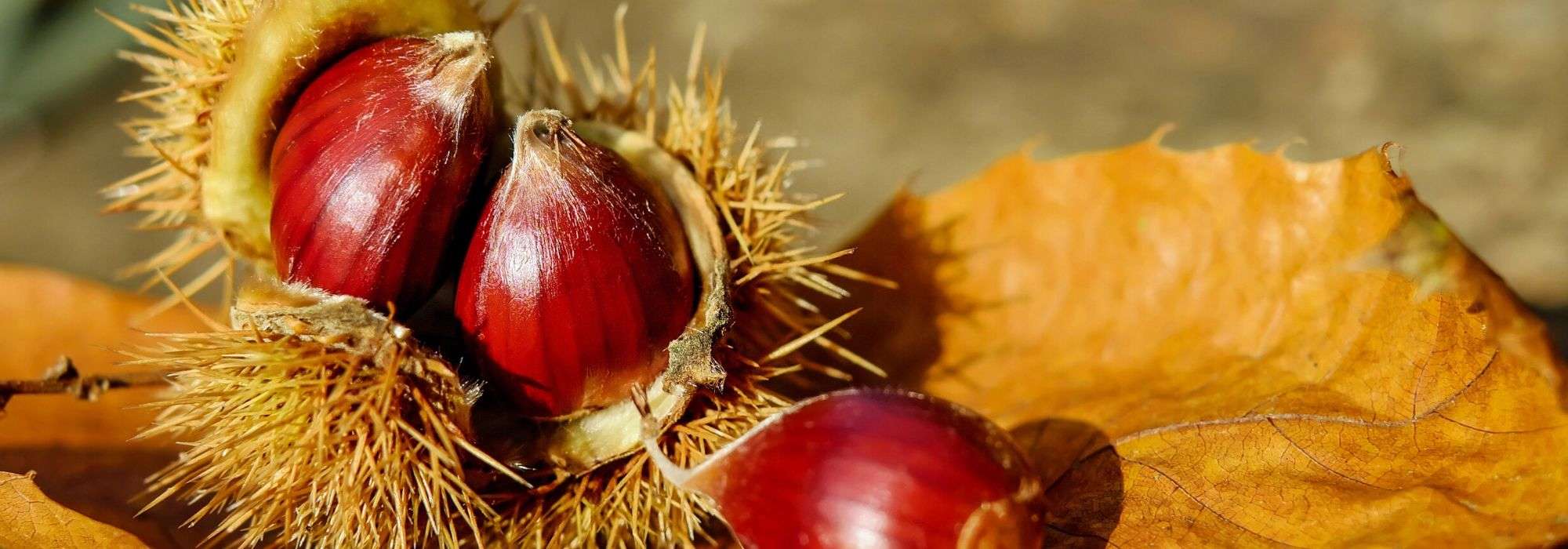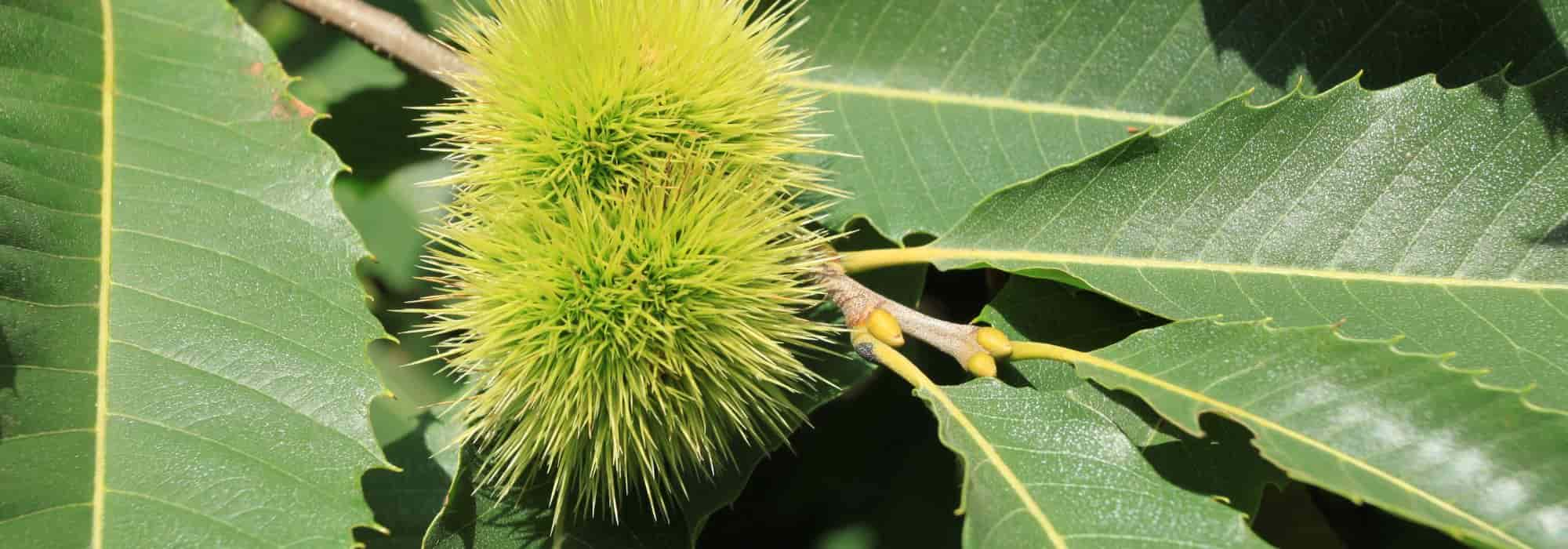Chestnut trees
Does this plant fit my garden? Set up your Plantfit profile →
Available in 2 sizes
Available in 1 sizes
Available in 1 sizes
Available in 1 sizes
Available in 1 sizes
Available in 1 sizes
Available in 1 sizes
Available in 1 sizes
The Chestnut tree, in Latin Castanea, is a fruit tree from the Fagaceae family or the oak well known for the common chestnut tree and particularly for its fruit, the chestnut, sometimes called marron or bread of the poor, which was long the staple food in poor regions.
The common chestnut has given rise to several improved varieties such as Marigoule or Lyon Chestnut. A beautiful deciduous and hardy tree that can reach 30 metres (98 feet) in height, recognisable by its large dentate leaves, the chestnut tree grows in the wild in difficult, well-drained, acidic and often poor soils. In nature, it can grow up to 1,200 metres (3,937 feet) above sea level.
Its honey-scented flowering attracts many pollinating insects and provides renowned honey. The chestnuts, brown and smooth, are contained in a very spiny burr that separates from the branch at ripeness in September-October and splits in the middle. They are very rich in starch and can be ground into flour, boiled or roasted. Fruit trees are preferably planted in autumn.
Haven't found what you were looking for?






























